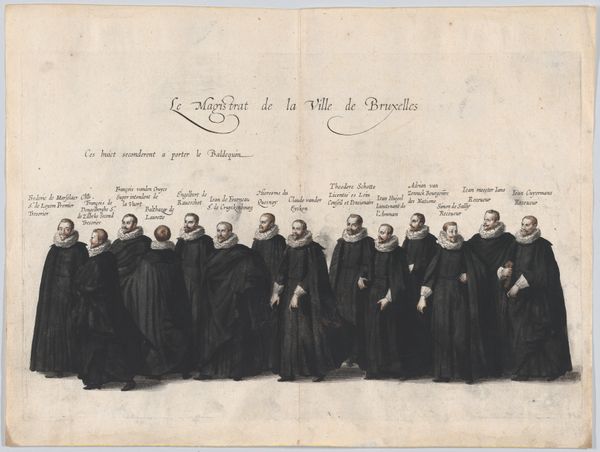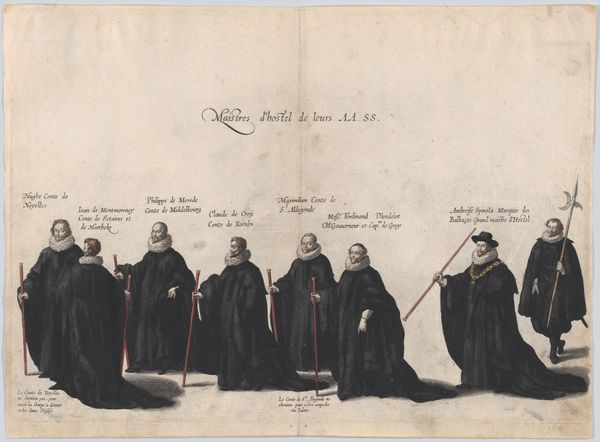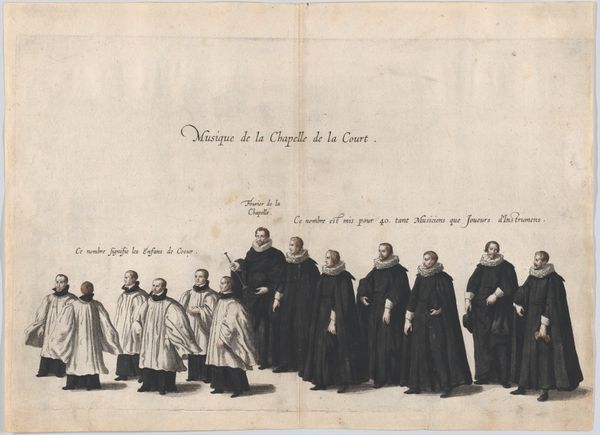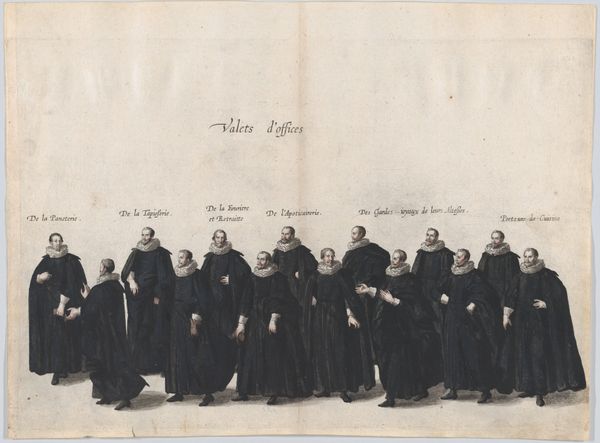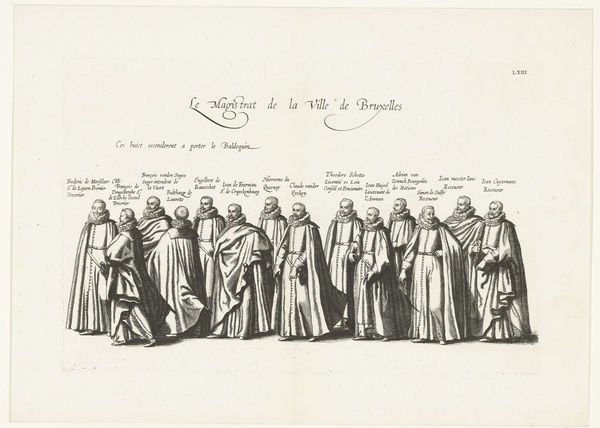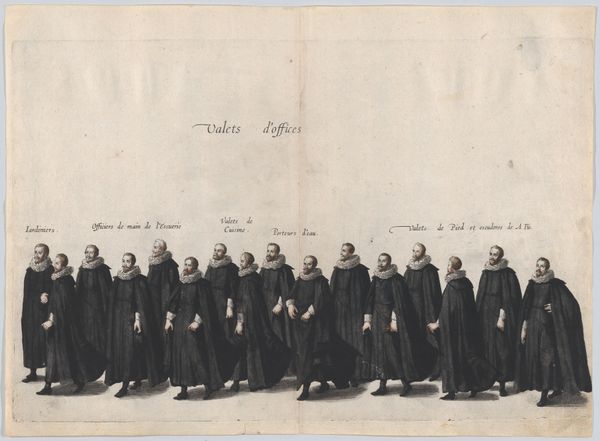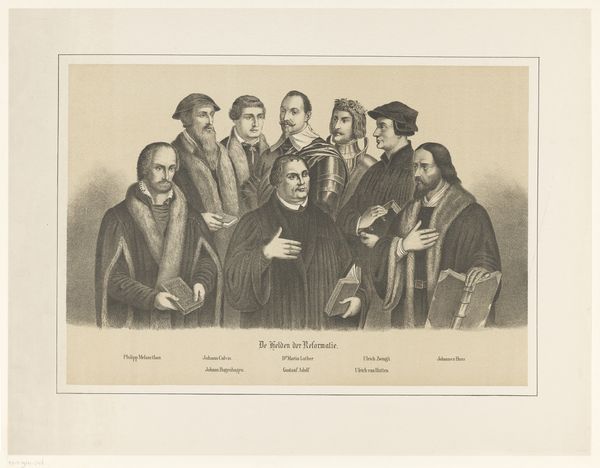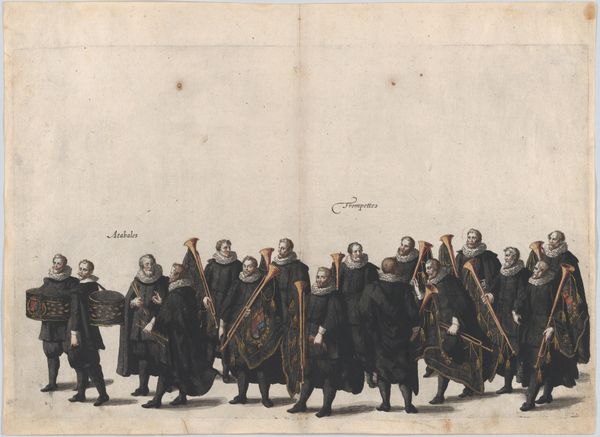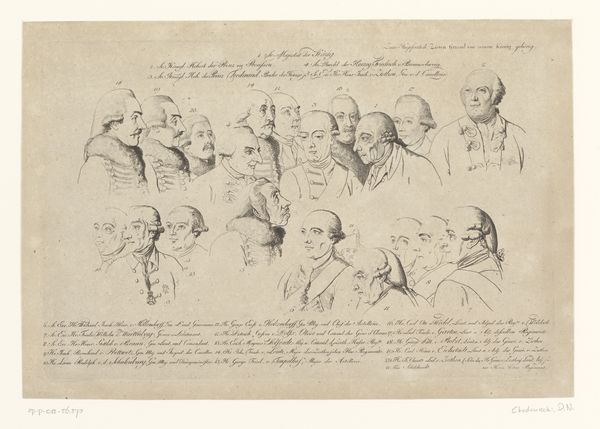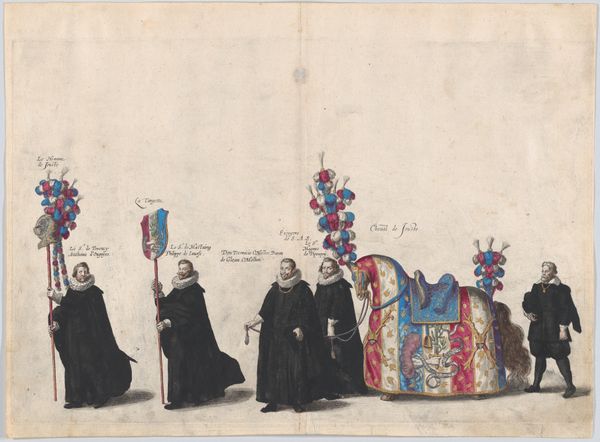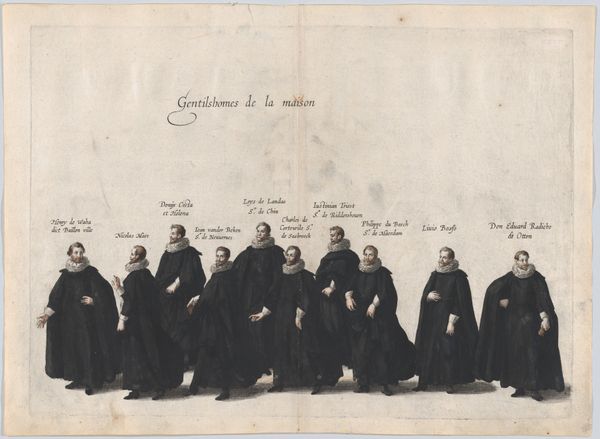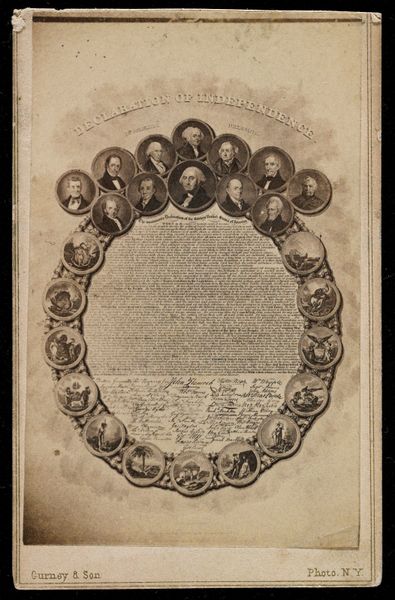
Plate 64: The magistrates of the city of Brussels marching in the funeral procession of Archduke Albert of Austria; from 'Pompa Funebris ... Alberti Pii' 1623
0:00
0:00
drawing, print, engraving
#
drawing
# print
#
history-painting
#
engraving
Dimensions: Sheet: 11 1/4 in. × 15 in. (28.5 × 38.1 cm) Plate: 9 13/16 × 14 11/16 in. (25 × 37.3 cm)
Copyright: Public Domain
Curator: Let's take a look at Plate 64, an engraving by Cornelis Galle I from 1623, part of a larger series documenting the funeral procession of Archduke Albert of Austria. The title reads "The magistrates of the city of Brussels marching in the funeral procession of Archduke Albert of Austria; from 'Pompa Funebris ... Alberti Pii.'" Editor: It strikes me as somber, but orderly. So many figures in almost identical black robes and those massive white ruffs… like a regiment of crows in mourning. It's quite graphic but static and somehow really intense. Curator: Exactly. The piece meticulously documents the city officials participating in this grand public display of grief. Galle’s work provides us with insight into the hierarchical structure and civic rituals of the period. The print served as a historical record and as propaganda, reinforcing the power and prestige of the Habsburg rulers. Editor: Propaganda, right! These weren't just everyday folks randomly strolling by! Each character looking exactly the same creates some distance though, right? You cannot feel sympathy for an abstract figure. Curator: Indeed. Each man is identified by name, and their positions are clearly delineated, contributing to the print's value as a historical document. What's fascinating is the blending of personal identity within this highly stylized and politically charged framework. It reminds me how carefully these events were managed. Editor: Okay. Managed to manipulate your emotion to accept the monarchy. The artist has to deliver this, by following conventions so everybody is identifiable. I think that if I were commissioned for something similar, I’d try to do one differently from all others. Something about all looking similar, bugs me off. Curator: Perhaps. Though you are talking about 400 years separating you from Galle’s situation. Today’s artistic values would conflict with the political role demanded of images then. The standardization reflects the desired image of unified civic duty. It shows consensus. It is what authorities at that time intended. Editor: Well, I appreciate now more the role that it played and why, even though my emotional self wants it differently. These prints capture power in a really particular time, using artistic tradition for official and, even personal aims. Very cool.
Comments
No comments
Be the first to comment and join the conversation on the ultimate creative platform.
